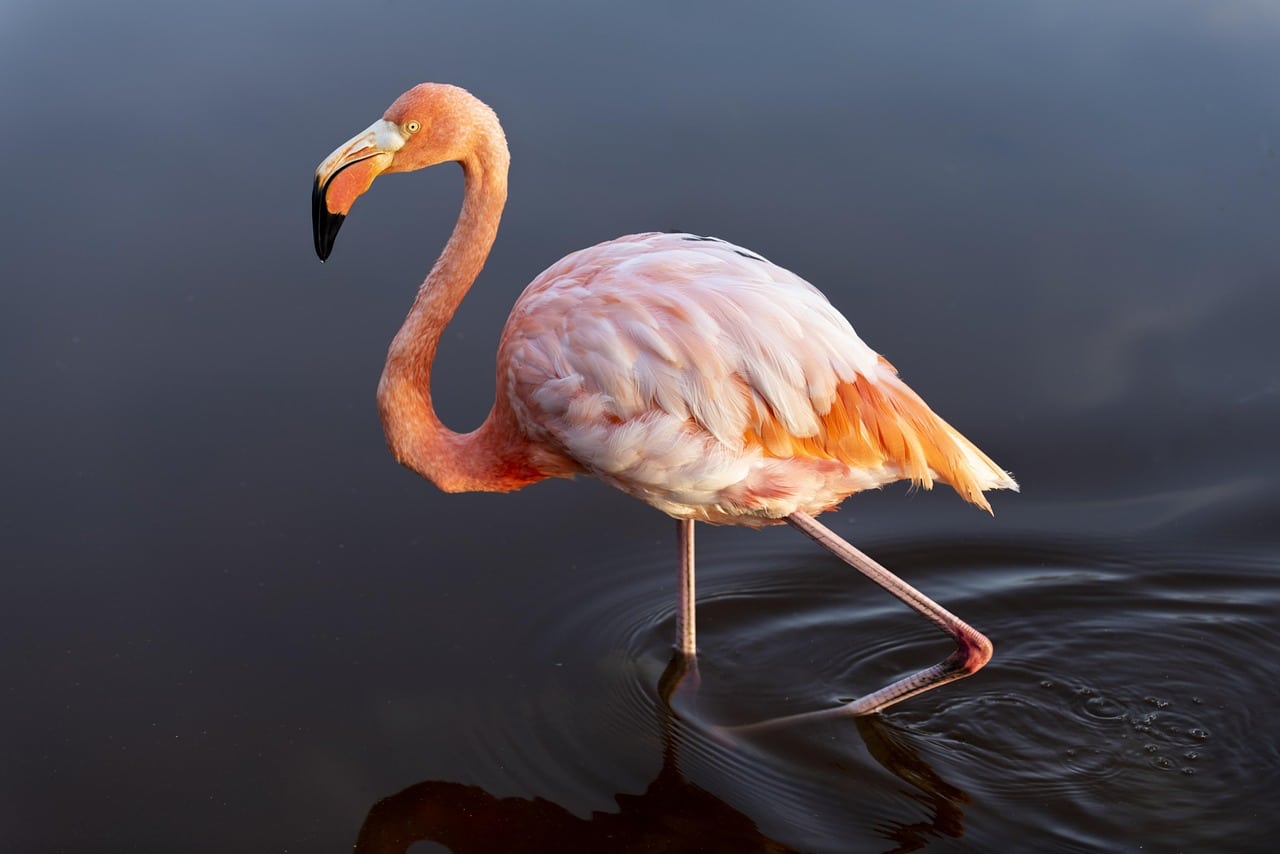 Shutterstock
Shutterstock
The world of animal relationships is full of surprises. Evolution has taken species in completely different directions, yet many animals are surprisingly related. These unexpected family connections challenge what we know about the development of life on Earth, revealing deep evolutionary ties between creatures that seem completely unrelated at first glance. These animals remind us that family bonds are more intricate and far-reaching than we ever imagined. Nature’s ability to link seemingly different species highlights the complex web of life that connects us all.
Dolphins and Hippos
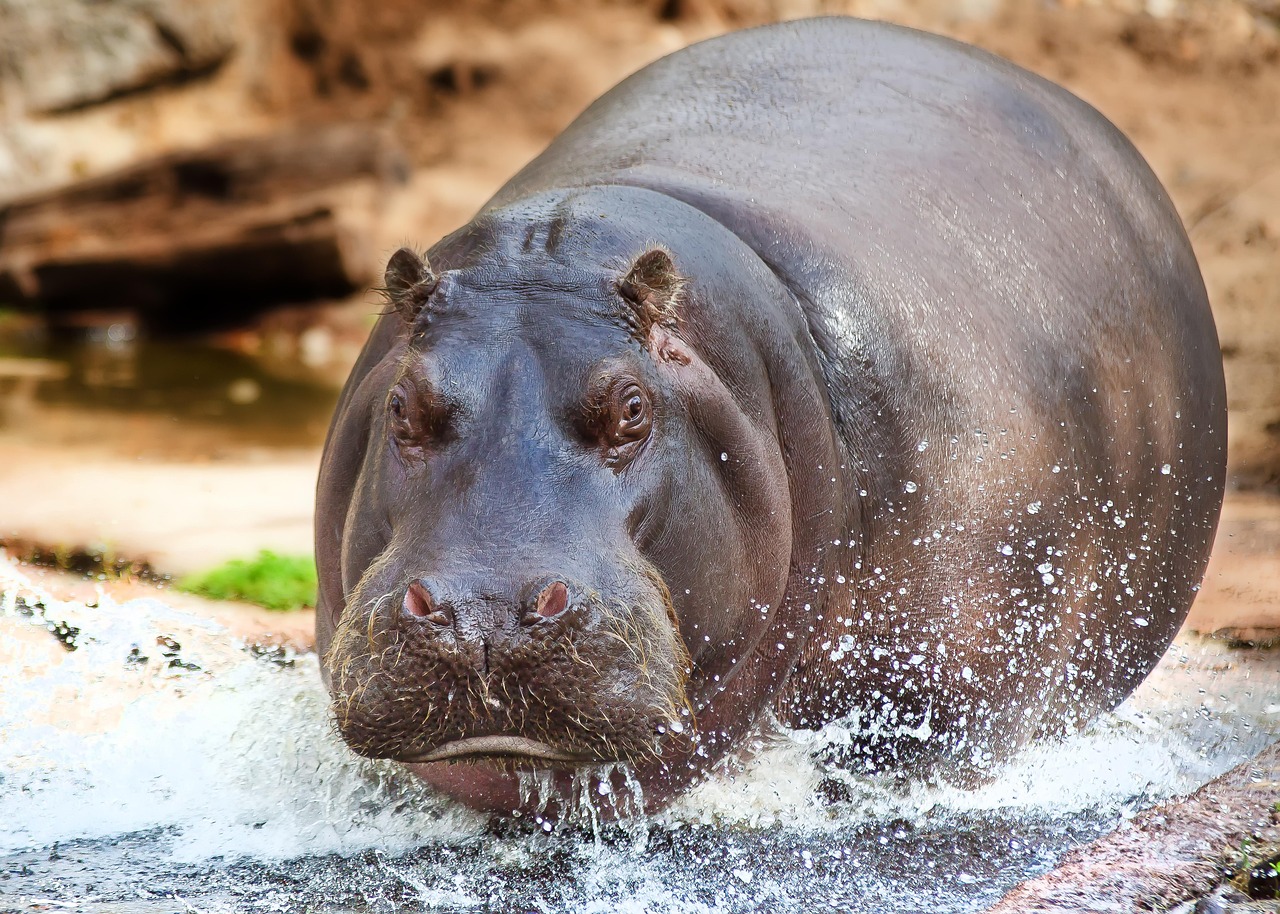

Dolphins and hippos might seem worlds apart, but they share a surprising link that dates back millions of years. Both belong to the same order, Cetartiodactyla, which includes whales and other semi-aquatic animals. Their common ancestor once lived both in water and on land, with dolphins evolving to thrive in the ocean while hippos remained semi-aquatic. Despite their different lifestyles, both species share traits like similar respiratory systems, showcasing the fascinating ways evolution connects even the most different of animals.
Elephants and Manatees
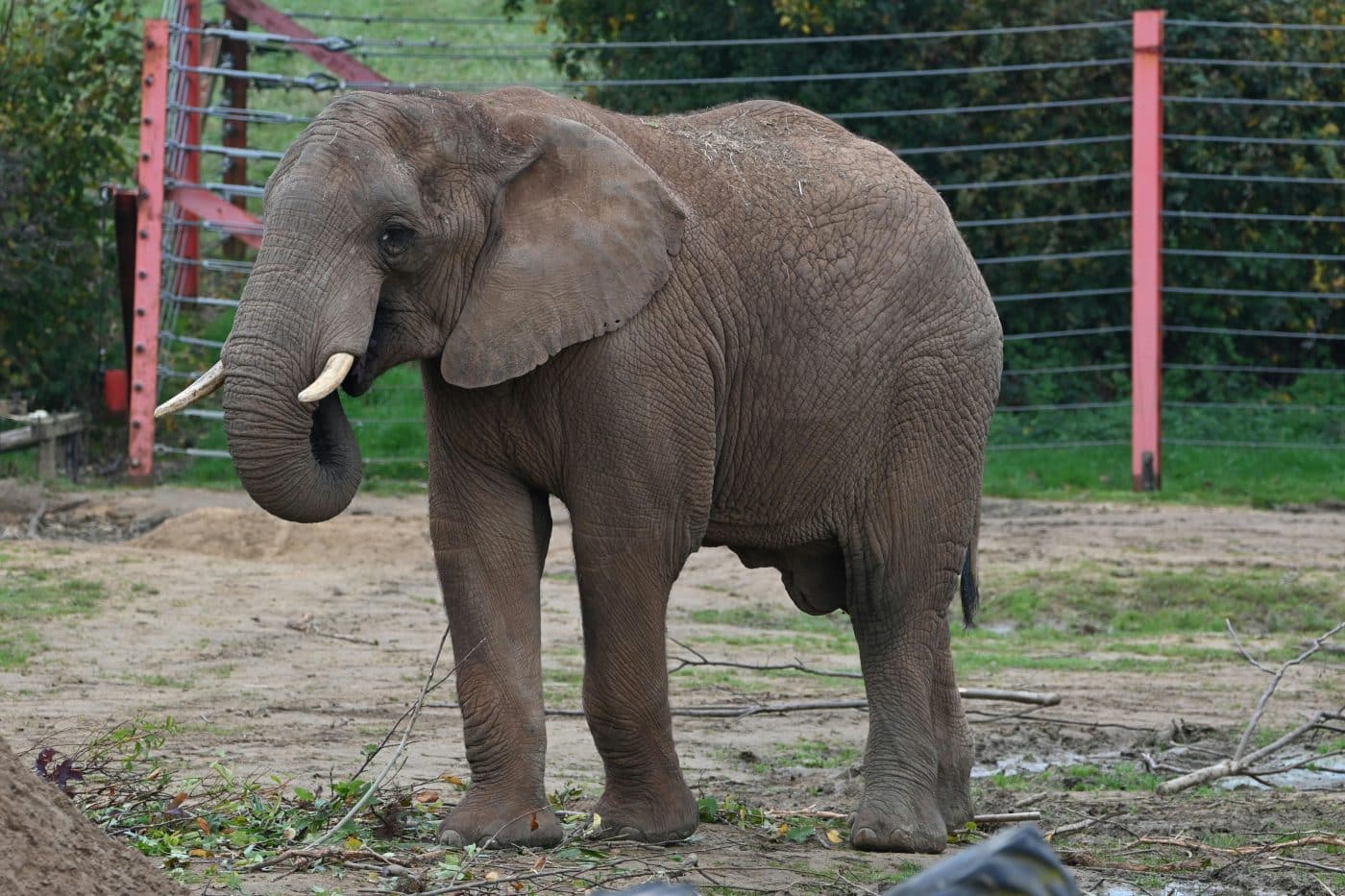

Elephants and manatees may seem completely different, but they share a common evolutionary ancestor within the clade Afrotheria. These giant mammals have distinct habitats and behaviors, yet they both have traits like large, barrel-shaped bodies and strong, sensory organs. Elephants use their trunks to sense their surroundings, while manatees rely on their whisker-like facial hairs to detect objects in the water. Their shared ancestry offers insight into how evolution can shape vastly different creatures in similar ways.
Pangolins and Carnivores
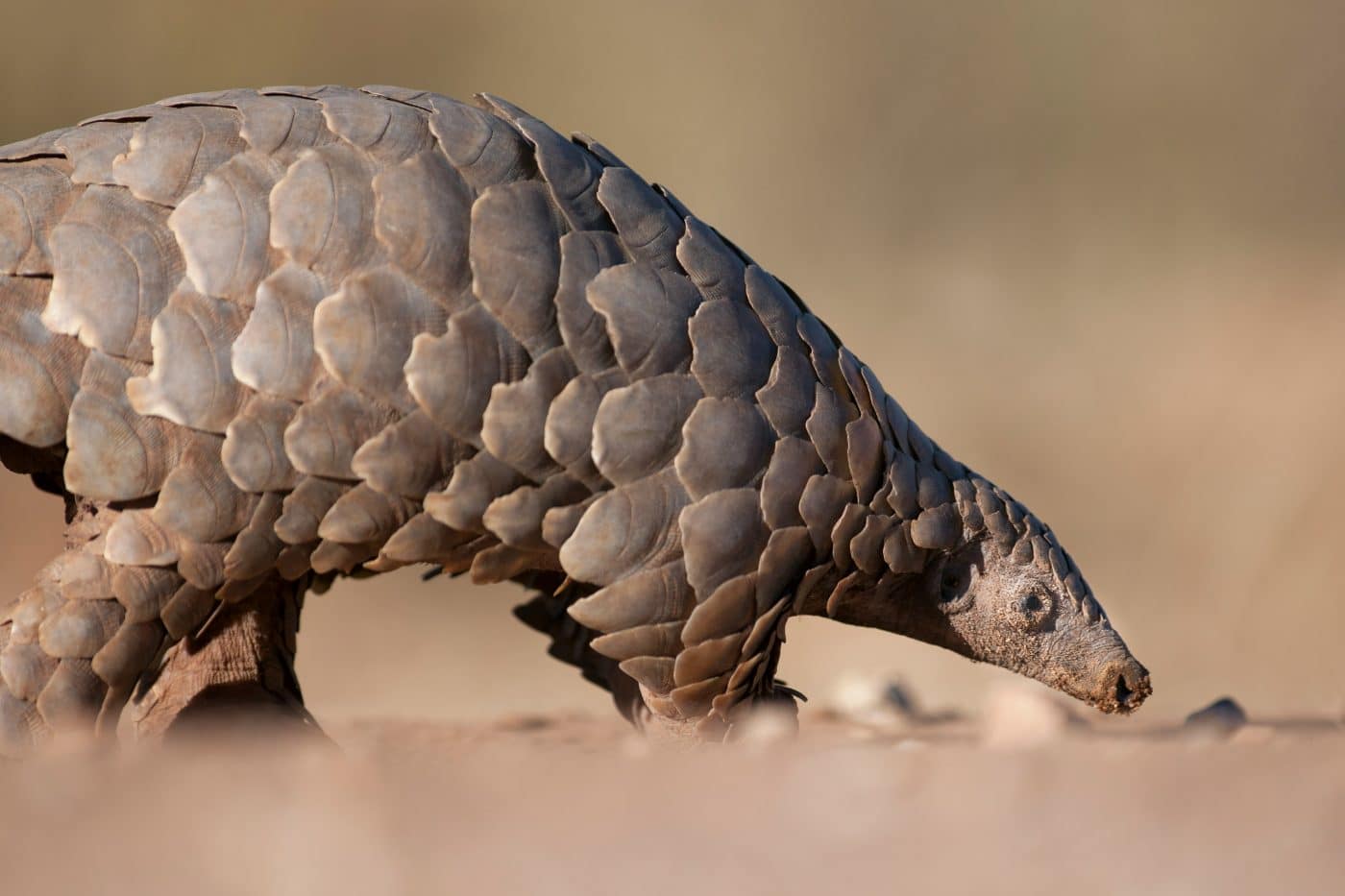

Despite their sharp claws and insect-eating habits, pangolins share a surprising connection with carnivores like cats, dogs, and bears. Both groups belong to the superorder Laurasiatheria, having evolved from a common ancestor millions of years ago. While their diets and physical appearances differ drastically, pangolins and carnivores share similar skeletal structures and reproductive traits. This unlikely bond highlights the quirky, often unpredictable nature of evolutionary connections.
Camels and Alpacas
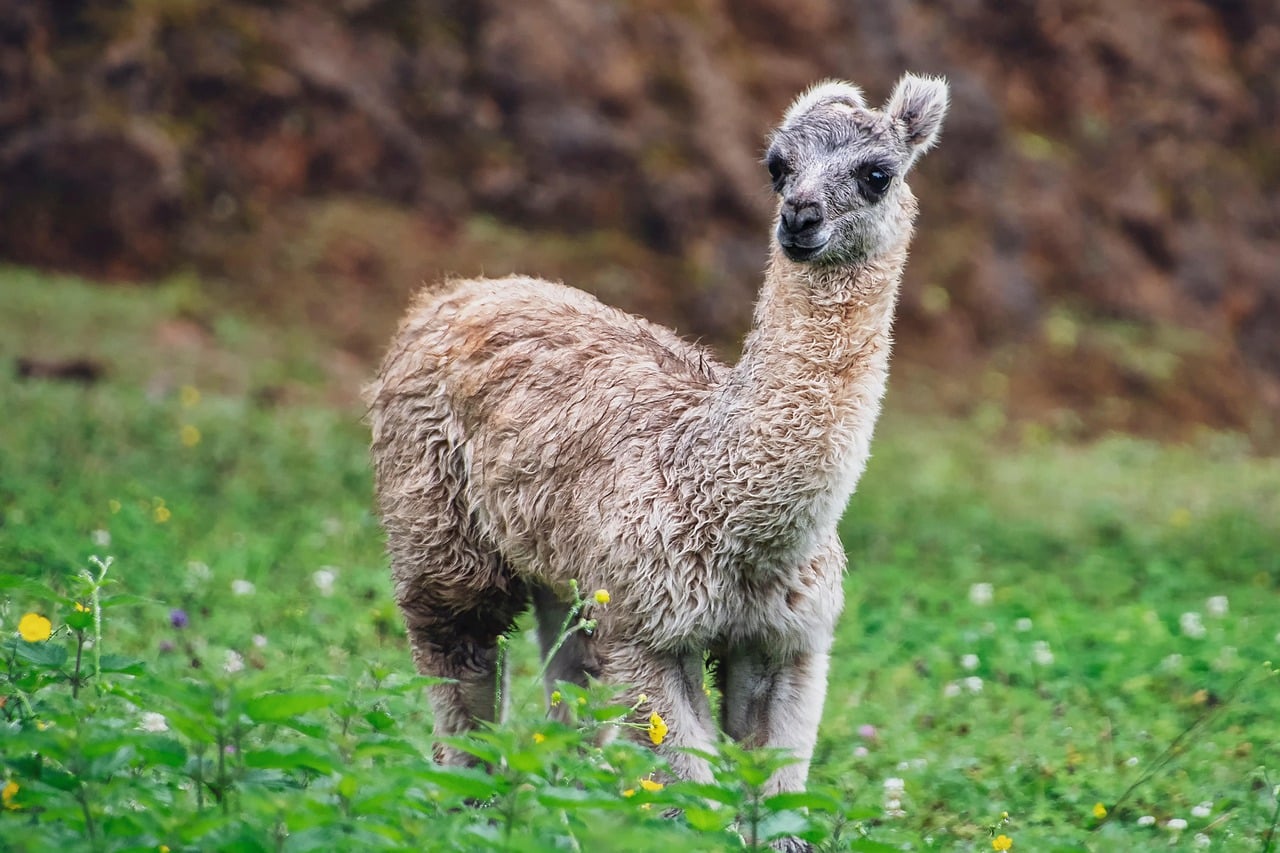

At first glance, camels and alpacas may seem like complete opposites—one is built for desert life, and the other thrives in mountainous terrains. However, both animals belong to the Camelidae family, sharing a common ancestor that originated in North America. Over time, camels migrated to Asia and Africa, while alpacas settled in South America. Their shared lineage is evident in behaviors like spitting when annoyed, a fun family trait that transcends geographic boundaries.
Chickens and Tyrannosaurus Rex
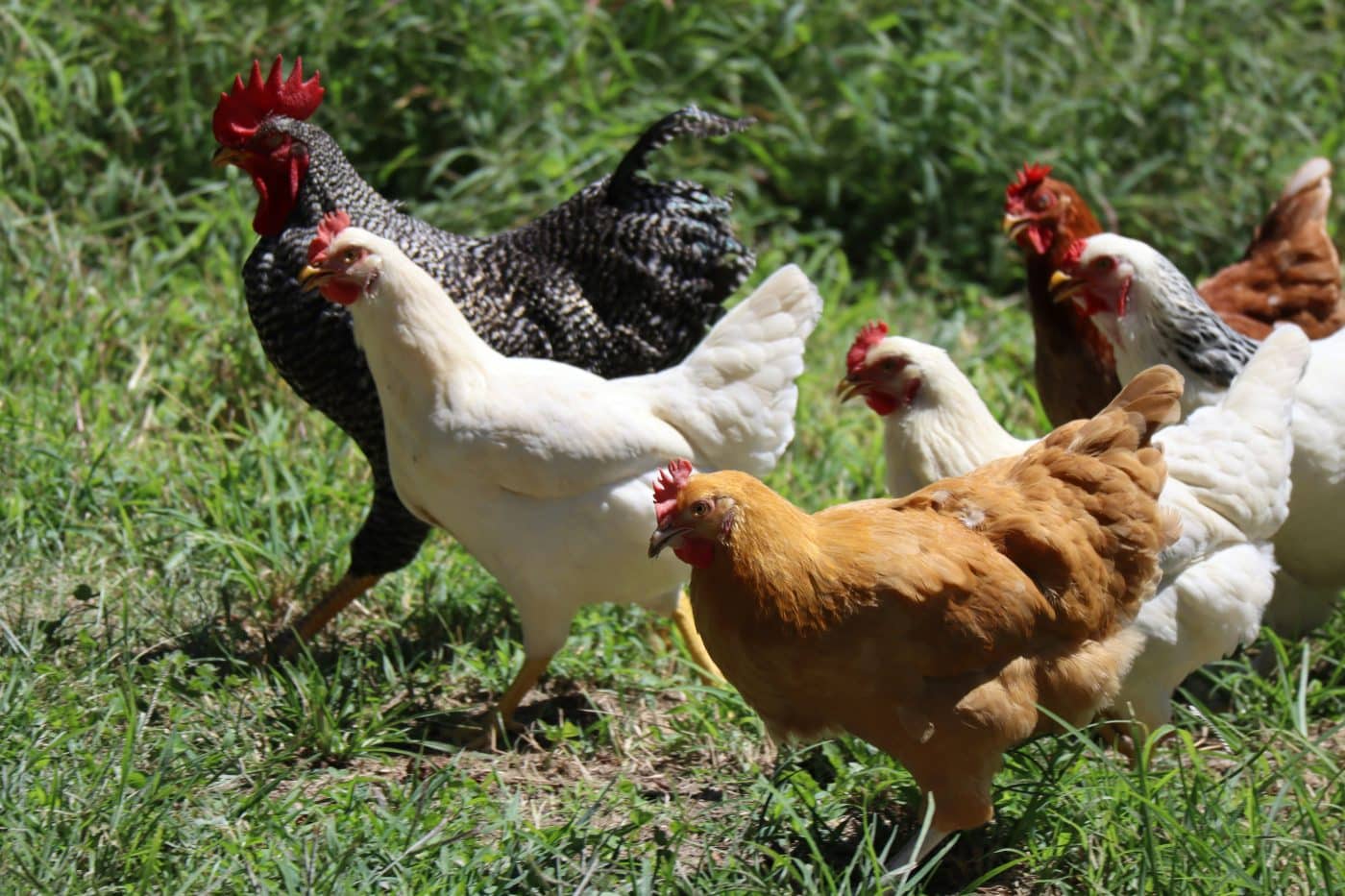

Believe it or not, chickens and Tyrannosaurus rex are distant relatives. Modern birds, including chickens, evolved from theropod dinosaurs like the mighty T. rex. Birds retain some dinosaur-like features, such as hollow bones and claw remnants in their embryos. Though it’s hard to imagine a chicken as a descendant of a fearsome predator, their connection to dinosaurs is a fascinating reminder of evolution’s long-lasting impact.
Seals and Bears
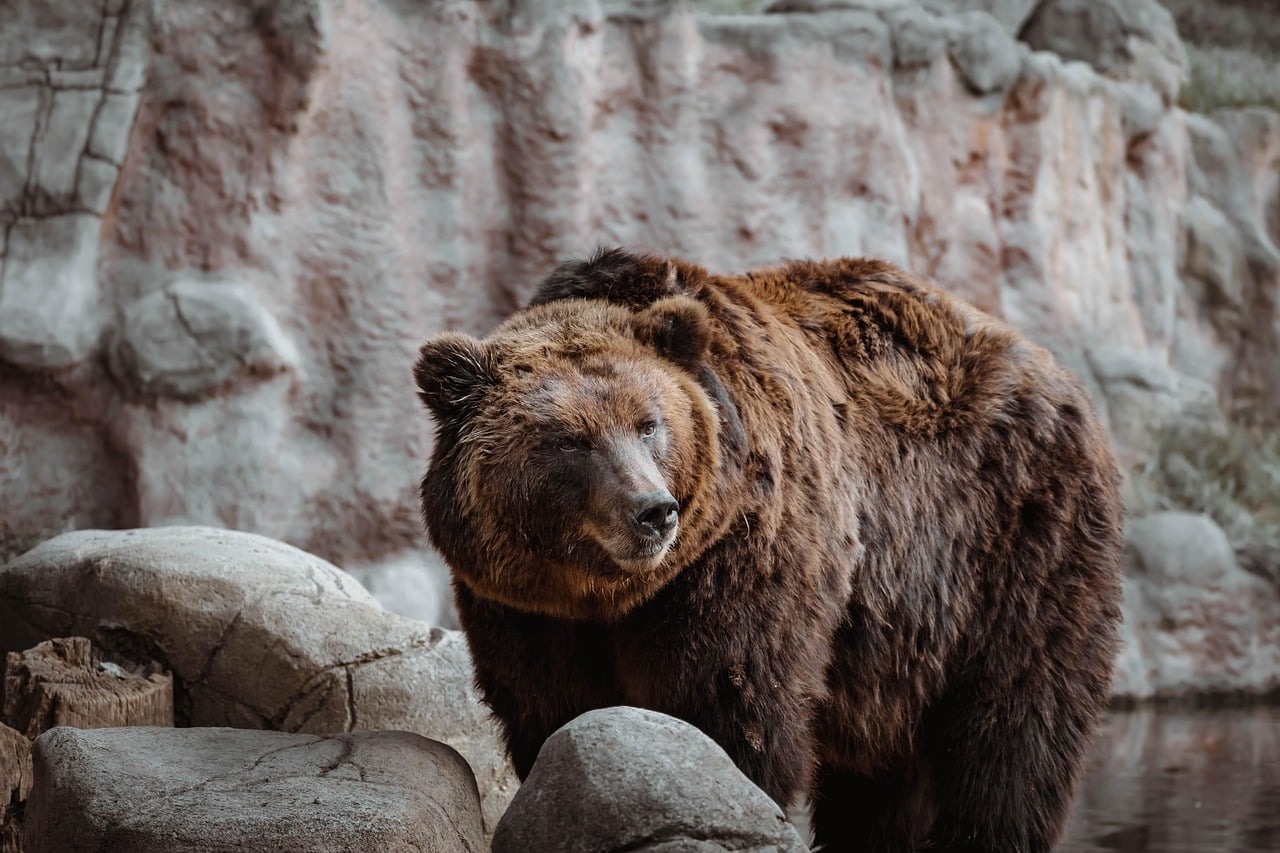

Seals and bears might seem completely different, but they share a deep evolutionary connection. Both belong to the order Carnivora, with their common ancestor splitting millions of years ago. Seals evolved to thrive in aquatic environments, developing flippers and streamlined bodies, while bears adapted to life on land. Despite their differences, their shared hunting instincts and sharp teeth reveal a fascinating familial bond that stretches across land and sea.
Cows and Whales
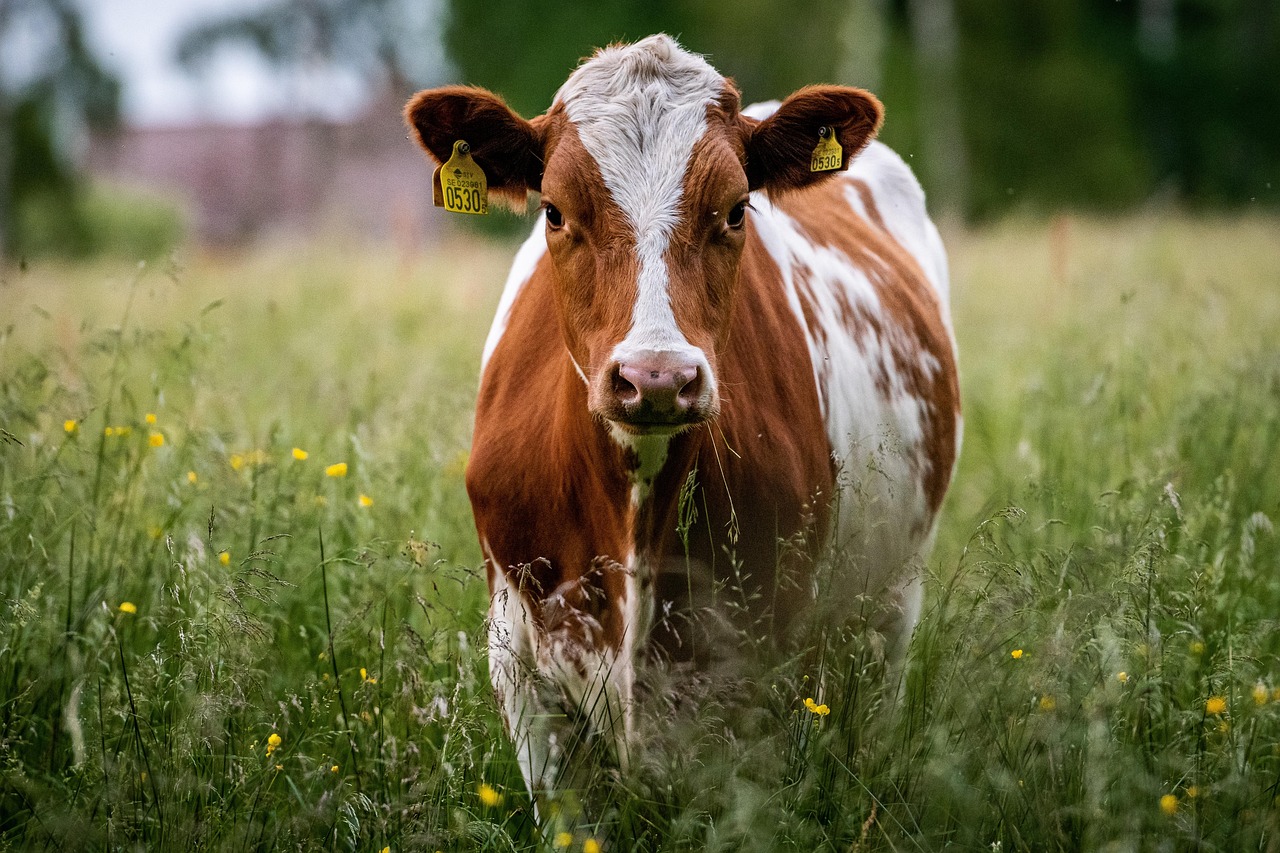

Cows and whales might seem like polar opposites, but they share a surprising connection within the Cetartiodactyla order. Around 50 million years ago, one branch of their common ancestor ventured into the ocean and evolved into marine mammals like whales and dolphins. The other branch remained on land, eventually becoming the ancestors of cows. Despite their different habitats, both species share social behaviors and vocal communication skills, offering a reminder that evolutionary pathways can lead to diverse outcomes.
Sloths and Armadillos
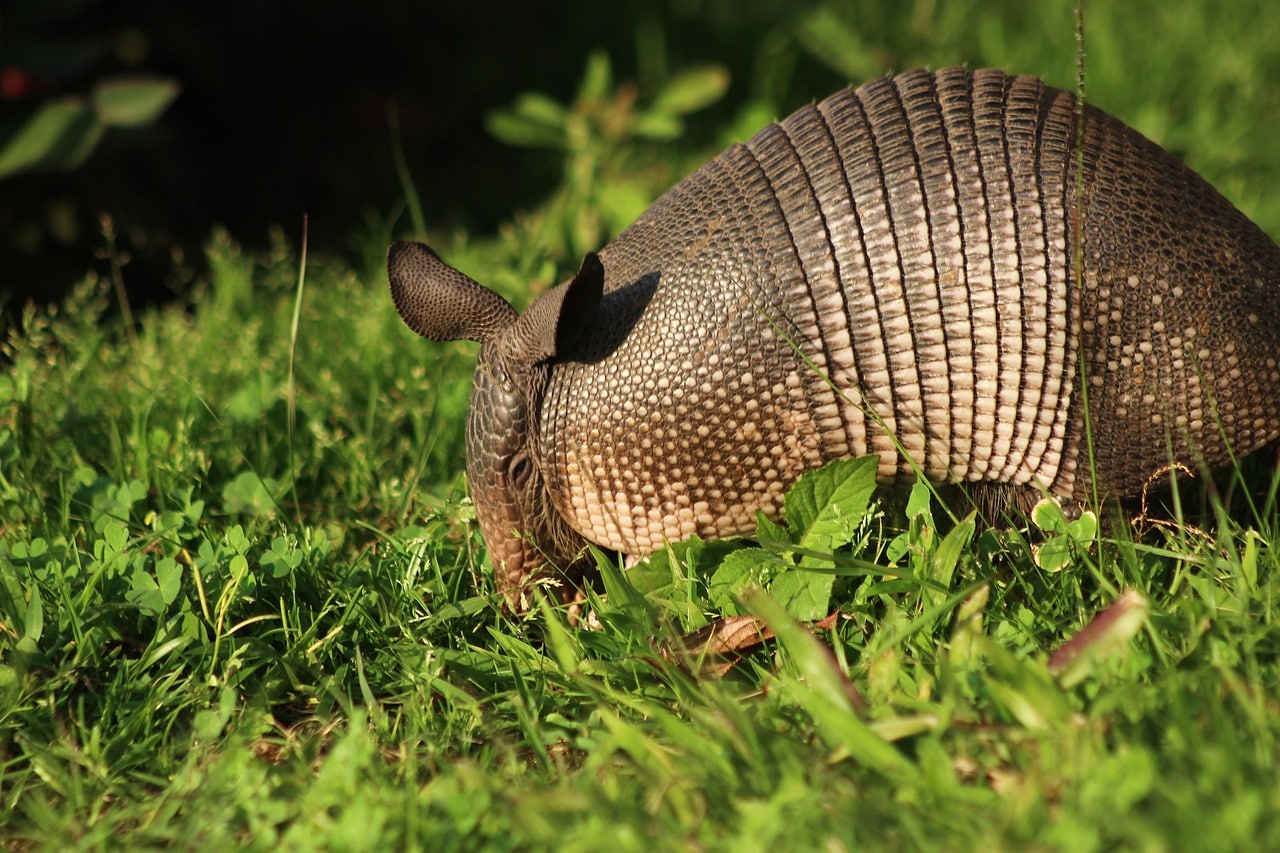

Sloths and armadillos might seem like an odd pairing, but they share a fascinating bond within the superorder Xenarthra. Both mammals are native to the Americas and possess unique skeletal features, such as extra joints in their backbones. Though their lifestyles differ—sloths live in trees and armadillos are burrowers—both animals have specialized adaptations that allow them to survive in their environments. Their shared evolutionary heritage is a testament to nature’s creativity.
Flamingos and Grebes
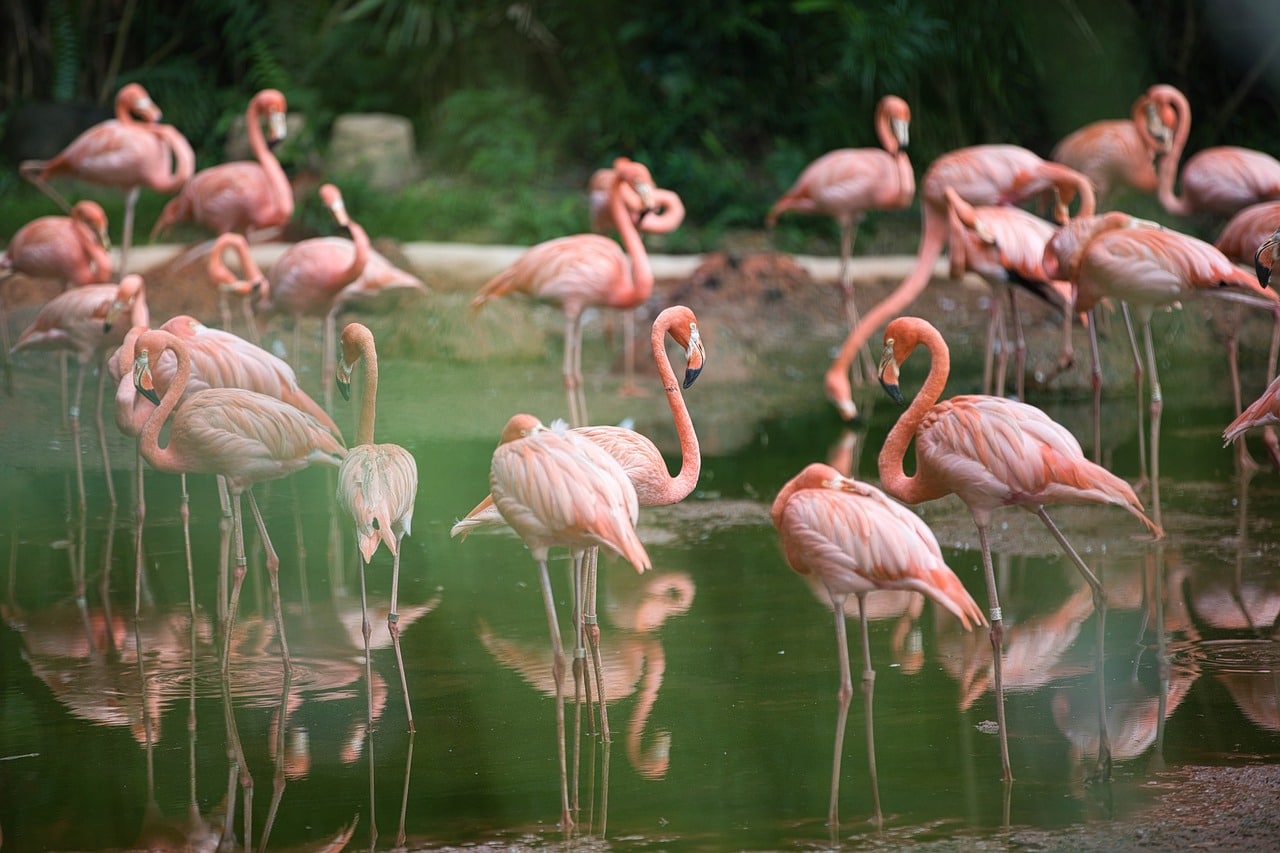

Though flamingos and grebes look nothing alike, they actually share an evolutionary connection. Both species belong to the order Mirandornithes, revealing their shared ancestry despite vastly different physical appearances and habitats. Flamingos are graceful waders with long legs, while grebes are master divers. Their similar skeletal structures and nesting behaviors show how diverse species can evolve from common ancestors, even when their lifestyles seem entirely unrelated.
Dogs and Seals


Dogs and seals may seem like they belong to different worlds, but they share a surprising evolutionary link. Both are part of the order Carnivora and share similar skull shapes and social behaviors. While dogs adapted to life on land, seals evolved to thrive in the water, using flippers for movement and honing their communication skills. Despite their differences, dogs and seals showcase how closely related animals can evolve to suit their unique environments.
Lemurs and Humans
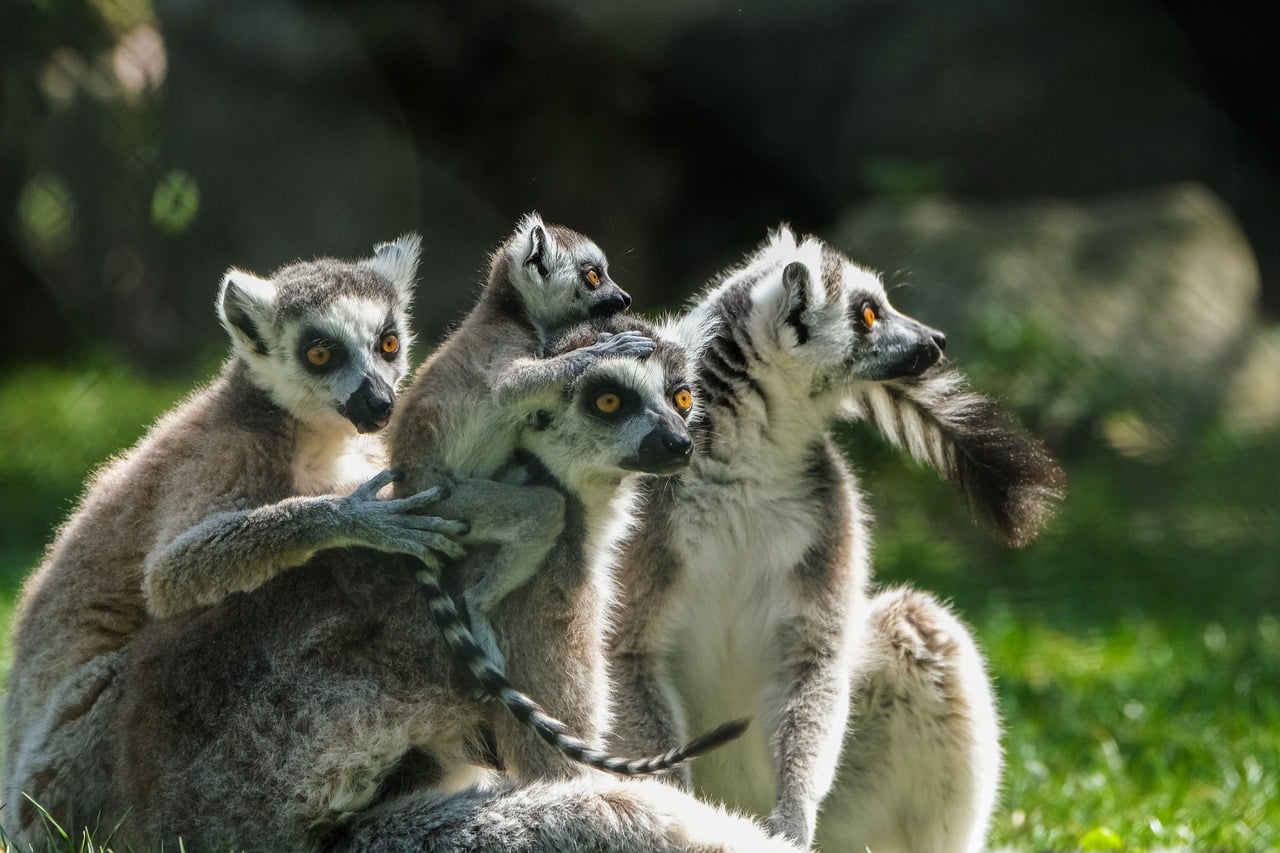

Lemurs and humans might seem like distant cousins, but they share a connection within the primate family. Lemurs, one of the oldest primates, provide us with a glimpse into early primate evolution. Despite their smaller brains and different habitats, lemurs exhibit social structures and problem-solving abilities that are strikingly similar to those of higher primates like humans. Their connection emphasizes the deep evolutionary ties that link all primates together.
The Wildest Family Reunion
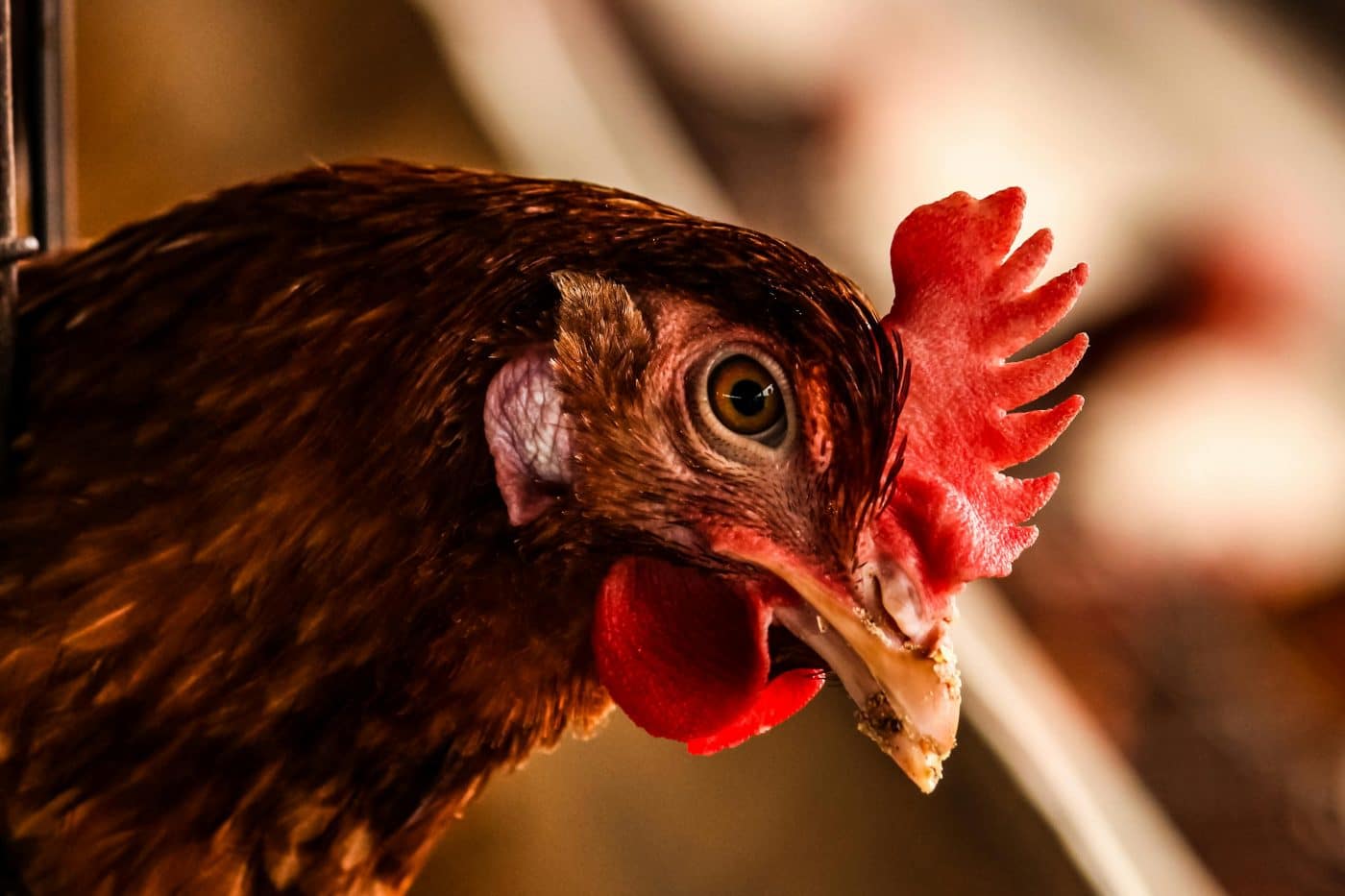

The animal kingdom is full of surprising connections that highlight the complexity of evolution. These relationships show how diverse species can evolve from a shared ancestor. Not only do they spark curiosity, but they also demonstrate the deep interconnectedness of all life on Earth. Evolution’s web continues to surprise us, unveiling unexpected family ties that cross both time and geography. The fascinating links between seemingly unrelated animals remind us of nature’s remarkable ability to shape life in the most unexpected ways.




